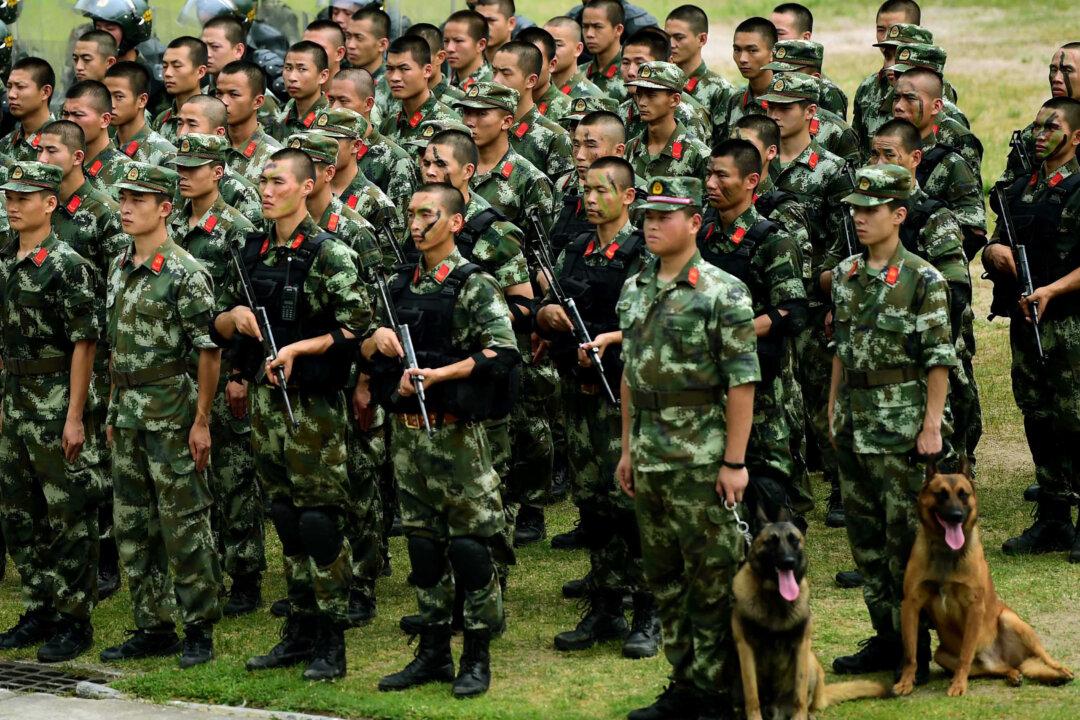Chinese military have posted a social media message containing a warning that Chinese troops are at the ready at the Shenzhen Bay Sports Center, and can arrive in Hong Kong within 10 minutes.
The warning was widely viewed as a threat toward Hong Kong protesters, who have staged large-scale demonstrations throughout the city since June, in opposition to an extradition bill that would allow mainland China to seek extradition of individuals to be trialed in its opaque legal system.





